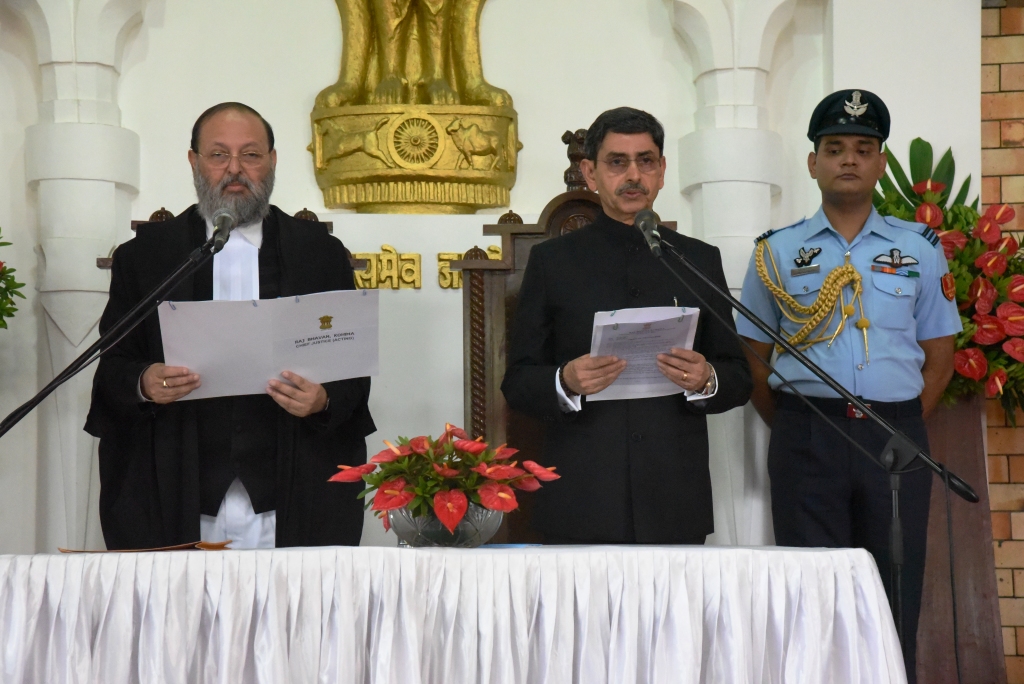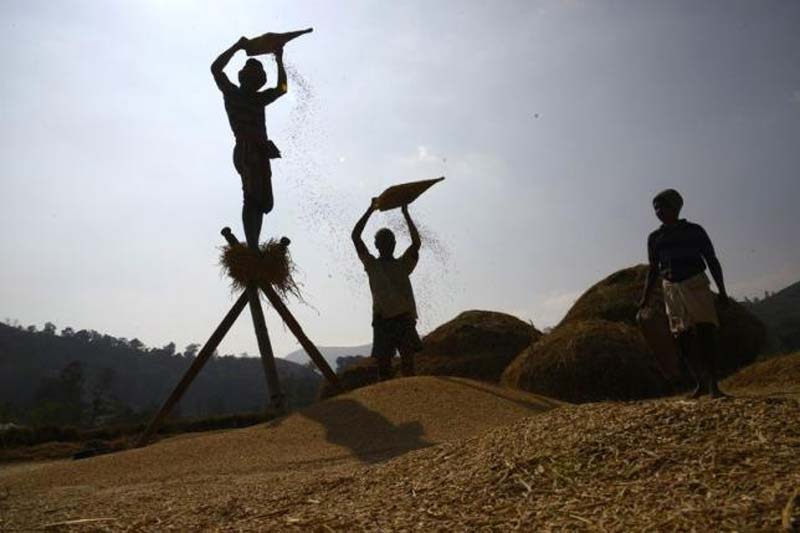The historic ‘Memorandum of the Naga Hills’ that was officially submitted to the Indian Statutory Commission on January 10, 1929 by the Naga Club, also popularly known as the letter to the Simon Commission, ought to be acknowledged as perhaps the starting point for what we have come to understand as the ‘journey of common hope’ for the Naga people.
The formation of the Naga Club at Kohima in the year 1918 by the Naga elders was a sincere attempt to bring about a common platform from where the needs and aspirations of the people could be voiced. On the other hand, the letter to the Simon Commission is inspiring in that it had the foresight and vision to recognize early on, the rights of the Naga people, while demonstrating the spirit of oneness that is so lacking today.
Since its formation in March of 2008, the Forum for Naga Reconciliation (FNR) has been using the phrase ‘journey of common hope’ as the core theme in its effort to bring peace, unity and reconciliation among the Naga people. It is therefore fitting that the FNR has decided to observe ‘Naga Day’ on January 10 of every year. As stated by the FNR, Naga Day is to “remember, celebrate, embrace and uphold the spirit of the Naga memorandum submitted to the Simon Commission on January 10, 1929”.
It is quite remarkable and a thought of genius that our forefathers took this very important step (the letter to the Simon Commission), which changed the course of Naga history. It must be told that our Naga forefathers, despite their own problems and limitations, they wanted a better world for the future generations to come.
If we look at the Memorandum, the core ideals that our elders spoke and wrote about were basically to do with sovereignty over land and resources; protecting the identity and political rights of the Naga people.
At this very important point in time, when Nagas are searching for wisdom and understanding, to tackle the complexity of the world around us, we need to revisit the vision and ideal set forth by the 20 signatories of the Naga Club who with one voice spoke for our people.
As mentioned in the memorandum itself, there was ‘no unity among’ the Nagas at that time. Yet they were able to set aside their differences and come to a common platform to defend the Naga people’s rights and aspirations. This is perhaps the biggest lesson that Nagas of today have to learn from our elders.
At a time when Nagas are experiencing even greater division than ever before, we need to recognize this memorandum submitted to the Simon Commission for what it is—the unity of purpose that our Naga elders demonstrated to the world. And through this memorandum, they effectively articulated the collective aspiration of a people to be free.
And isn’t that what we need today first and foremost—unity of purpose and one voice. And more so at a time when the Government of India is willing to bring about a political settlement based on the unique history and situation of the Naga people, we should not be found wanting.
The other remarkable thing about our forefathers that comes across quite clearly is their honesty and sincerity in speaking the truth.
They appear to be more pragmatic than present day Nagas in that they were open to the idea of dealing with issues or challenges sensibly in a way that is based on practical realities and this they did with clear headedness. In other words their mindset and thinking was highly advanced and ingenious. In contrast Nagas of today give too much emphasis on self-importance, posturing and assumptions. As a result our minds are confused and depressed. We are unable to resolve our problems.
Undoubtedly, what sets them apart from present day Nagas was the notion of shared belonging that our elders carried with them. That even though differences remained, they still believed in a “our hills”, “our people” and perhaps they also had a better understanding then us of what it meant to have a shared future.
The historical and political rights of the Naga people should begin from this unifying memorandum. The responsibility now lies with present Nagas to carry onward this legacy.
What the elders left behind—the words of wisdom contained in the letter and their collective endeavor to defend the Naga people’s rights—the present day Nagas must take hold of. We must not fail this inheritance given unto us but resolve to continue on this journey of common hope. This should be our prayer of declaration as we observe Naga Day this January 10.
At this time we are faced with a lot of questions with no easy answers making it even more difficult to see the way forward. In the dark horizon that confronts Naga people today, the letter to the Simon Commission in 1929 and its unifying spirit should be a guiding light for the present times.
Click on the link to read memorandum http://www.thenagarepublic.com/files/original-copy-naga-club-memorandum-simon-commission/







 The Top Viral YouTube Videos of 2017
The Top Viral YouTube Videos of 2017 The last Konyak headhunters of Nagaland
The last Konyak headhunters of Nagaland An orbiting message of peace
An orbiting message of peace What Does Your Face Say About Your Health?
What Does Your Face Say About Your Health?










Leave a Reply
Your email address will not be published. Required fields are marked (required)